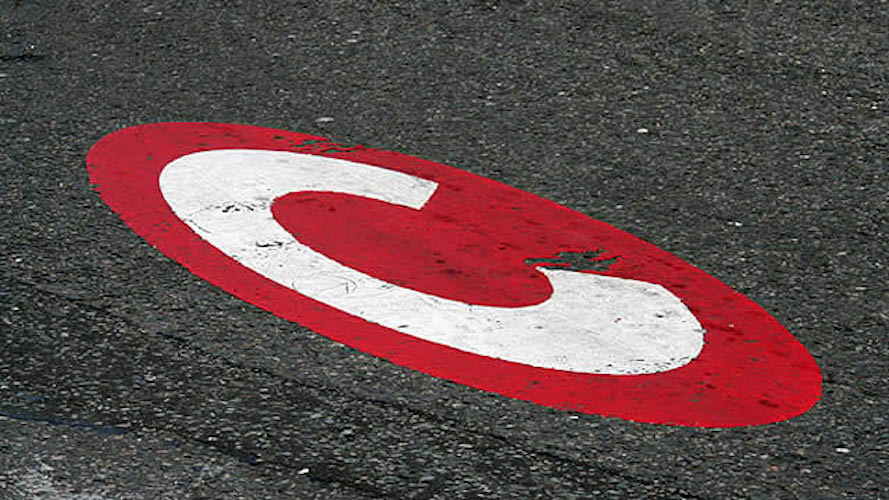The 20th anniversary of the introduction of the London congestion charge is a reminder of how Transport for London sets the pace globally in developing world-leading technology. And as Mayor of London Sadiq Khan prepares to expand the Ultra-Low Emission Zone Londonwide to tackle air pollution it’s time to showcase how trusted globally TfL is as an innovator – something we need to celebrate more at home.
Back in 2003, the congestion charge was the first of its kind: a “smart city” service well before the term was coined in 2008. Since then, TfL has been implementing new technologies citywide, transforming how people travel. It’s not difficult to appreciate how this track record has transformed everyday life in London – just go outside the capital or visit cities in other countries.
Those other cities look to TfL for advice, notably about ticketing. That began with the Oyster card and continued with contactless technology, which has now been in use on the bus network for over ten years. In 2016 TfL signed an agreement allowing our queue-busting contactless systems to be exported to cities around the world, including New York, Boston and Sydney.
TfL set the standard for cities when it first published over 80 open data feeds from across the transport network. These now powers apps that millions of people use when choosing their journeys around the city and to save time. It is as central to travelling as Open Banking is to everyday finance.
Everyday services like Google or Apple Maps, Citymapper and TfL Go or start-ups such as BusTimes are all powered by – and rely on – TfL data. It also supports “tech-for good” initiatives like the award-winning Go Jauntly app with bring the station-to-station Walking Tube Map to people’s phones. This makes it easier for people to walk as part of their everyday journey. “We have seen as many as 700 or more apps powered by TfL data used by 42 per cent of Londoners”.
We also work with industry to optimise our public transport networks and enhance active travel. On our roads we work with Siemens to adjust timings across 6,000 traffic lights in order to minimise traffic delays, give priority to buses – especially when detected as running late – and extra time to cyclists using segregated lanes when numbers are high. In busy pedestrian locations they extend the green cross signal. TfL has shared this knowledge with other cities round the world.
A partnership with Mercedes-Benz prototyped a road safety dashboard which uses individual alerts from the car’s custom driver assistance system to help transport planners identify higher risk locations where collisions with other cars or cyclists could take place”. This concept, now being explored with other vehicle types, not only highlights how TfL works with industry to improve London’s networks, but also how it has enabled London to be a sandbox where new technologies designed to tackle problems the city faces can be safely trialled with private enterprise and investment.
At a neighbourhood level, TfL sets innovation challenges – or so-called “problem statements” – about issues the city is facing to the tech sector. One addressing how pollution moves through Brixton High Street resulted in better coordinated traffic signalling to help improve air quality locally. It has now been introduced London-wide. Under its outgoing open innovation lead Rikesh Shah, TfL recently transformed its buying rules so it can connect with London and international innovators better, and its Roadlab challenge sets open call to artificial intelligence firms to reduce congestion caused by roadworks.
TfL also uses sensors and cameras to collect better data to ensure investments are made in the right place: for example, using Vivacity Lab’s digital cameras to count differing types of mobility more accurately. The world-leading ULEZ relies on an extensive network of automatic number plate recognition cameras for its enforcement. So far, it’s already reduced toxic NO2 concentrations by 46 per cent in central London and the expansion later this year will bring cleaner air to five million more people living in the city’s outer boroughs.
And TfL also shapes government legislation in this area: e-scooters are being trialled in 13 boroughs with data from the three operators providing vital learnings for the Department for Transport and the Smart Mobility Living Lab in Woolwich helps TfL and the DfT understand connected autonomous vehicles and the technologies that go into them in real-world settings.
Looking forward, TfL’s radical 20-year partnership with BAI is currently laying high-capacity fibre optics in Underground tunnels, bringing 4G and 5G connectivity to passengers over the coming 18 months. This is the most modern network of its kind in the world and it’s giving London’s economy a lift by using the extra capacity carried by this new spine to connect hyperfast broadband public buildings, homes and businesses in neighbourhoods underserved by the market. In the future the network can also be deployed to power new sensors, better CCTV and many other smart city uses.
Forgive my boosterism, but this 20-year track record shows that TfL deserves to be viewed as central to London’s exciting tech ecosystem ever bit as much as our vaunted fintech scale-ups, life sciences powerhouses and creative industry champions.
Theo Blackwell is the Greater London Authority’s Chief Digital Officer.
On London strives to provide more of the kind of journalism the capital city needs. Become a supporter for just £5 a month. You will even get things for your money. Learn more here.


Tfl wastes lots of money and the ULEZ extension is about clobbering the poor. There are lots if ways to reduce emissions without doing it this way.